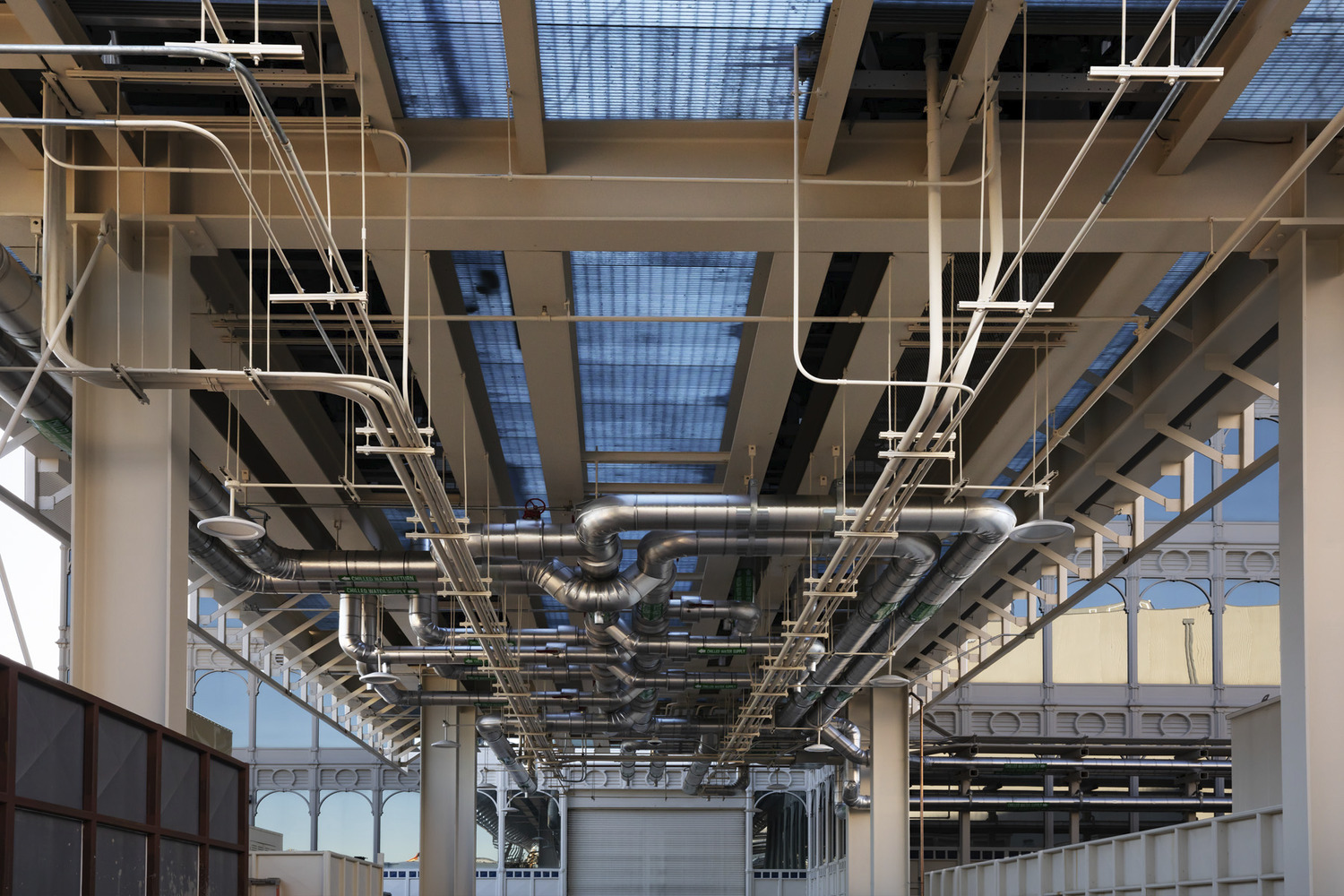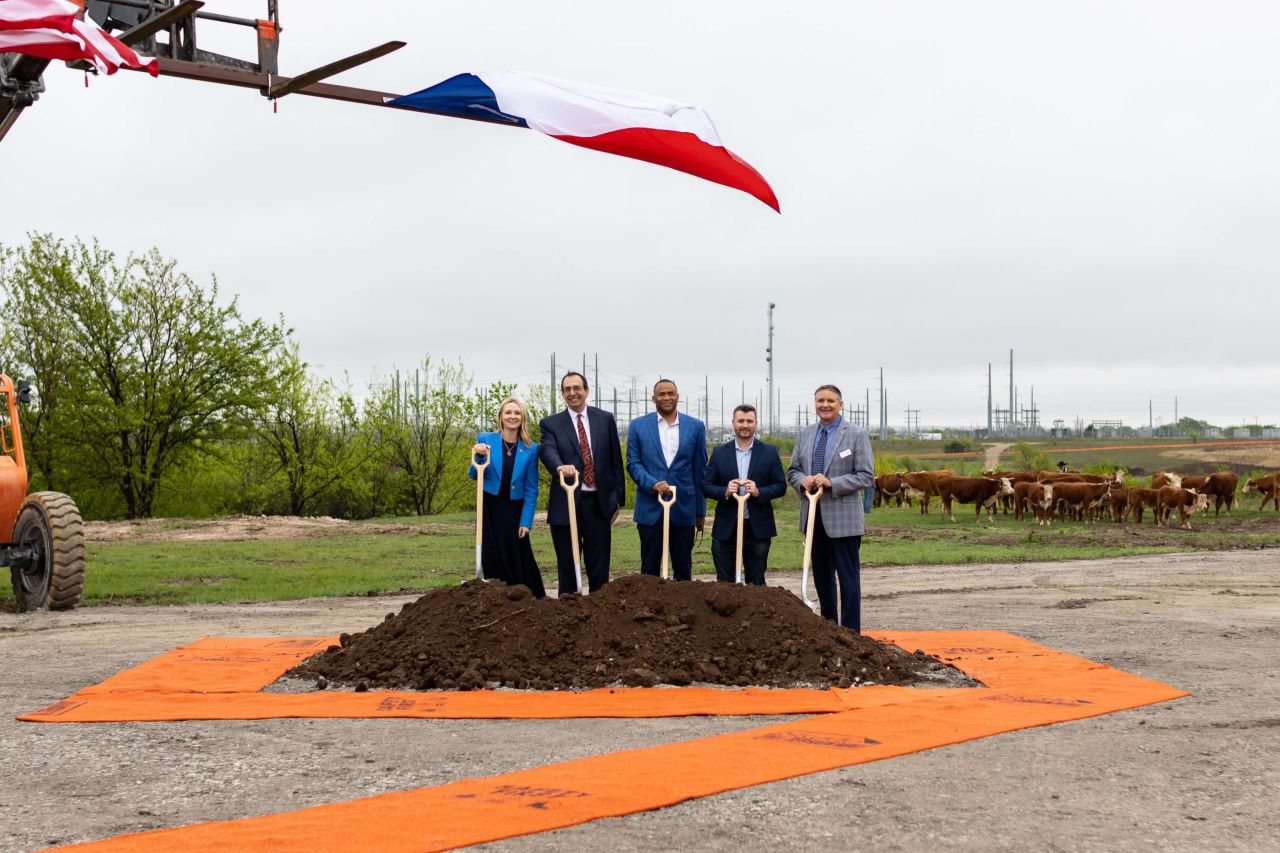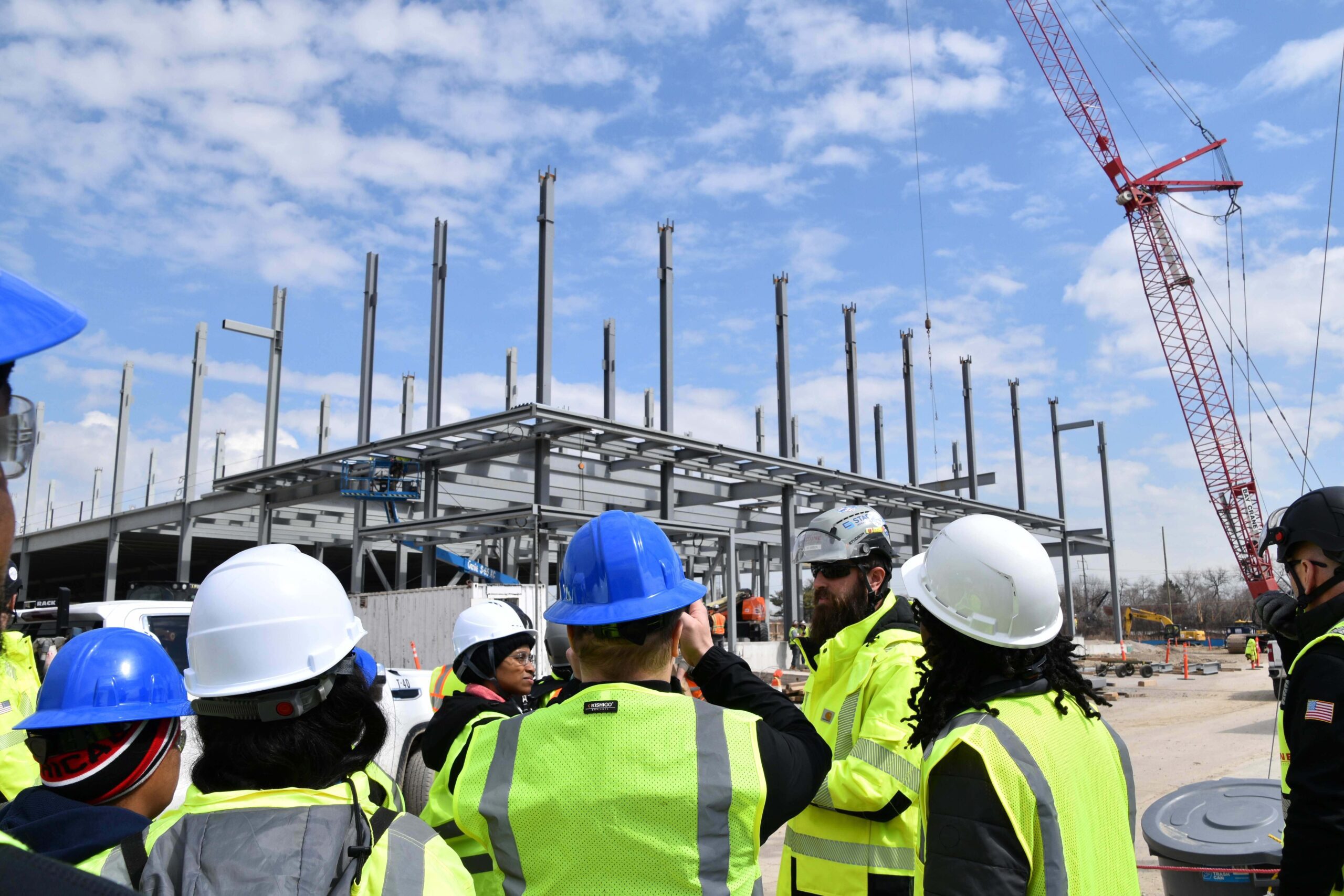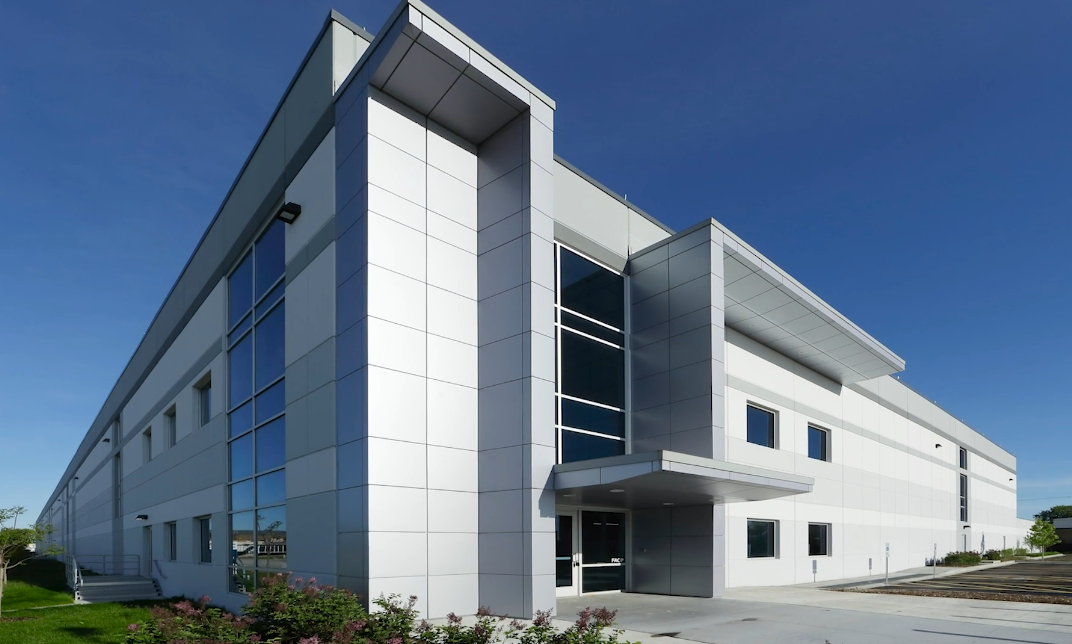By: Jack Murphy, Senior Project Manager
The onset of the Coronavirus (COVID-19) pandemic in early 2020 has caused dramatic ripples across the global construction landscape. In some US cities, new commercial and residential construction through June slowed by as much as 78%. The pandemic has forced many office jobs to be relegated to employees’ homes with the help of video-conferencing software, remote desktop and office services, and team working applications. The stock price for Zoom Video has climbed 680% year-to-date, and has jumped 107% over the last 3 months and Microsoft Teams added 12-million users in just one week. The pandemic has not slowed down data consumption, it has accelerated it, and the same trend is present in data center construction. Data is created by every click, swipe, share, search, and stream, proliferating the demand for the data analytics market globally.
Before COVID-19
The data analytics market was already experiencing exponential growth even before the pandemic struck. The introduction of AI, 5G, cloud computing/storage, and edge computing was driving the need for a higher volume of data center space. Some of these data analytic ‘buzzwords’ may already be household names at this stage of 2020, however, only 39% of US-based businesses are currently using cloud-based storage infrastructure and that percentage is expected to increase rapidly as more businesses migrate to a cloud computing environment. The US Department of Homeland Security expects the sheer quantity of data to increase nearly five times by 2025.
No Signs of Slowing Down
Despite the global effects of COVID-19, the data center industry remains focused on increasing sellable space and their speed to market. The rapid expansion of the data center industry has caused providers to promote the use of global design standards and modular construction to overcome delays and potential labor shortages.
Enterprise clients and colocation providers have responded to this sustained surge by attempting to improve their speed to market. The traditional means of accelerating a schedule would be to apply more man power and increase hours. However, there is nothing ‘traditional’ about the tremendous growth the market has experienced, and ‘traditional’ solutions will not always aid in speed to the market. To further explore this, one must first understand the current geographical data center market and its effects on the labor community.
Data Center Construction Hot Spots
Where there is one data center under construction, there are typically more on the way. State and local municipalities that understand the geographical tendencies of data center construction are chomping at the bit to get a piece of the action. To keep pace, many state governments and economic development organizations have begun to move the attraction, retention and redevelopment of these investment goldmines higher on their list of priorities. State and local municipalities are competing to construct more data centers by offering tax incentives and/or tax breaks for local investment. This has introduced a new site selection driver to the mix: labor availability.
The majority of the site selection factors are purely geographical; proximity to pre-existing telecommunication networks, immediate regional demand for data storage, and even natural hazards that some environments may pose to the facilities energy supply or cooling costs.
Despite the growing list of state and local municipalities offering incentives, a healthy percentage of data center space is constructed in a few geographical areas, such as Chicago, Northern Virginia, Phoenix, and Dallas. To put it in perspective, more than 373 Megawatts of capacity was under construction across primary markets in the first half of 2020. Northern Virginia accounted for 239 Megawatts of that construction.
Challenges Ahead
There is a dramatic shortage of skilled labor due to these explosive pockets of construction, and these labor shortages are directly affecting speed to market. This has caused contractors to compete with each other to attract skilled labor in these regions. It’s no secret there’s a national shortage of skilled laborers, and it takes an even more specific set of skills and experience to work on a data center project. Fierce competition between general contractors to have the labor they need can result in higher rates or concern over keeping a job fully staffed.
In addition, Data center providers are now requiring design firms and equipment manufacturers to build speed into their design. From leveraging prefabrication to increasing modular construction, there are ways to complete facilities faster while improving cost, predictability, and safety. For prefabrication to have a significant impact on schedule and cost, it must be part of the design up front. The large majority of contractors in the data center industry are no stranger to pre-fab, and in fact, pre-fabricating as much of the project as possible is now expected. We will be addressing the modular trend in data center construction in a coming post.
Clune’s Approach
While the increased demand for data center construction is bringing more companies to the table, Clune has been a leading national expert in Mission Critical construction for many years. We have been fortunate to accompany our clients across the country as they expand their reach and to have gained new clients along the way. We know that this specialty has no room for error. Our project managers, superintendents and MEP coordinators are experts in setting up and building a successful job, and executing a commissioning process that ensures the facility’s longevity. We thoroughly test our work to its breaking point to ensure the data center is fully protected, because even a short down time can cost a client millions of dollars.
As things continue to change due to both COVID-19 and an increasingly connected world, our team is always looking for innovative solutions to help our clients quickly build lasting critical environment.




